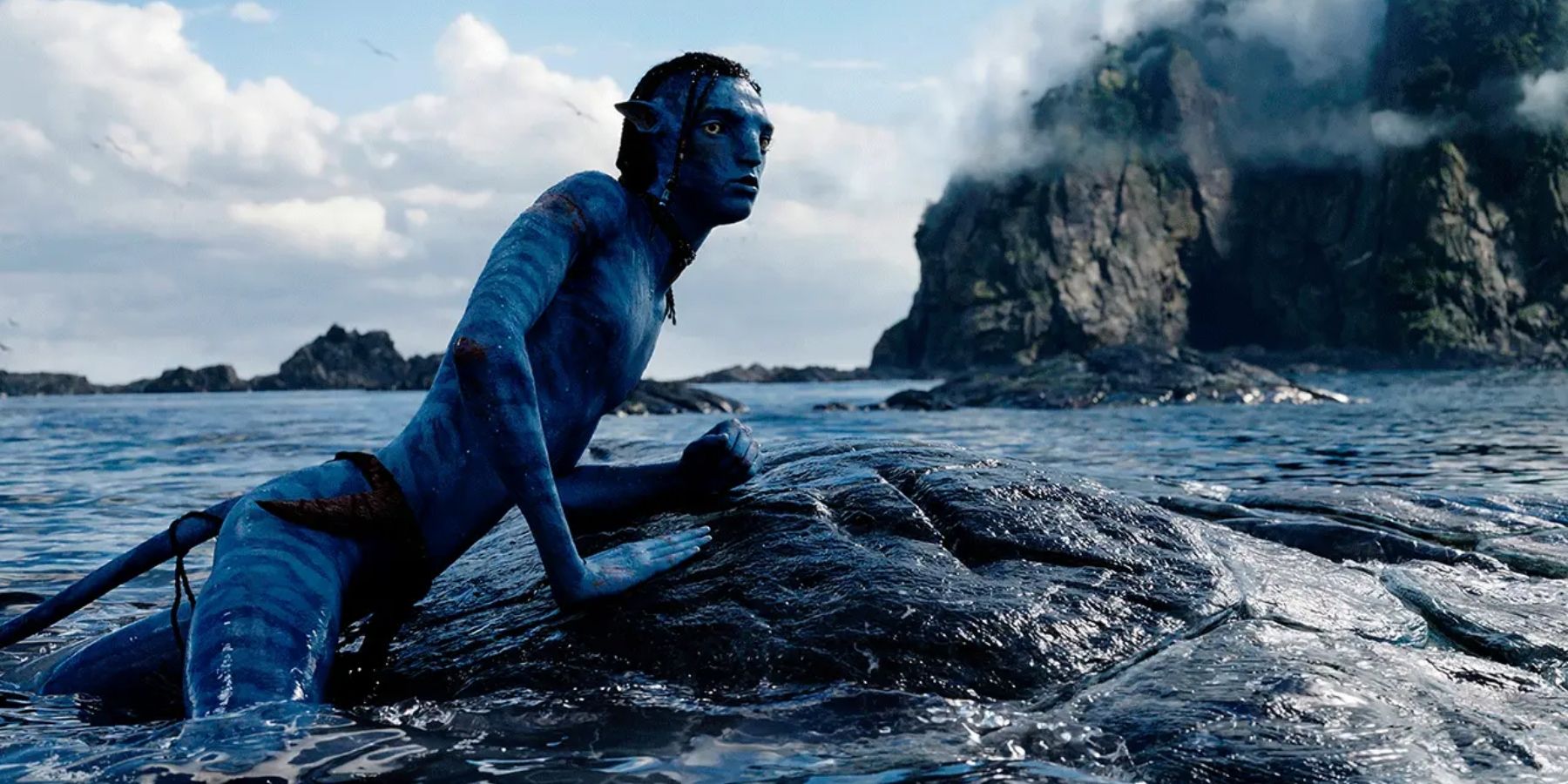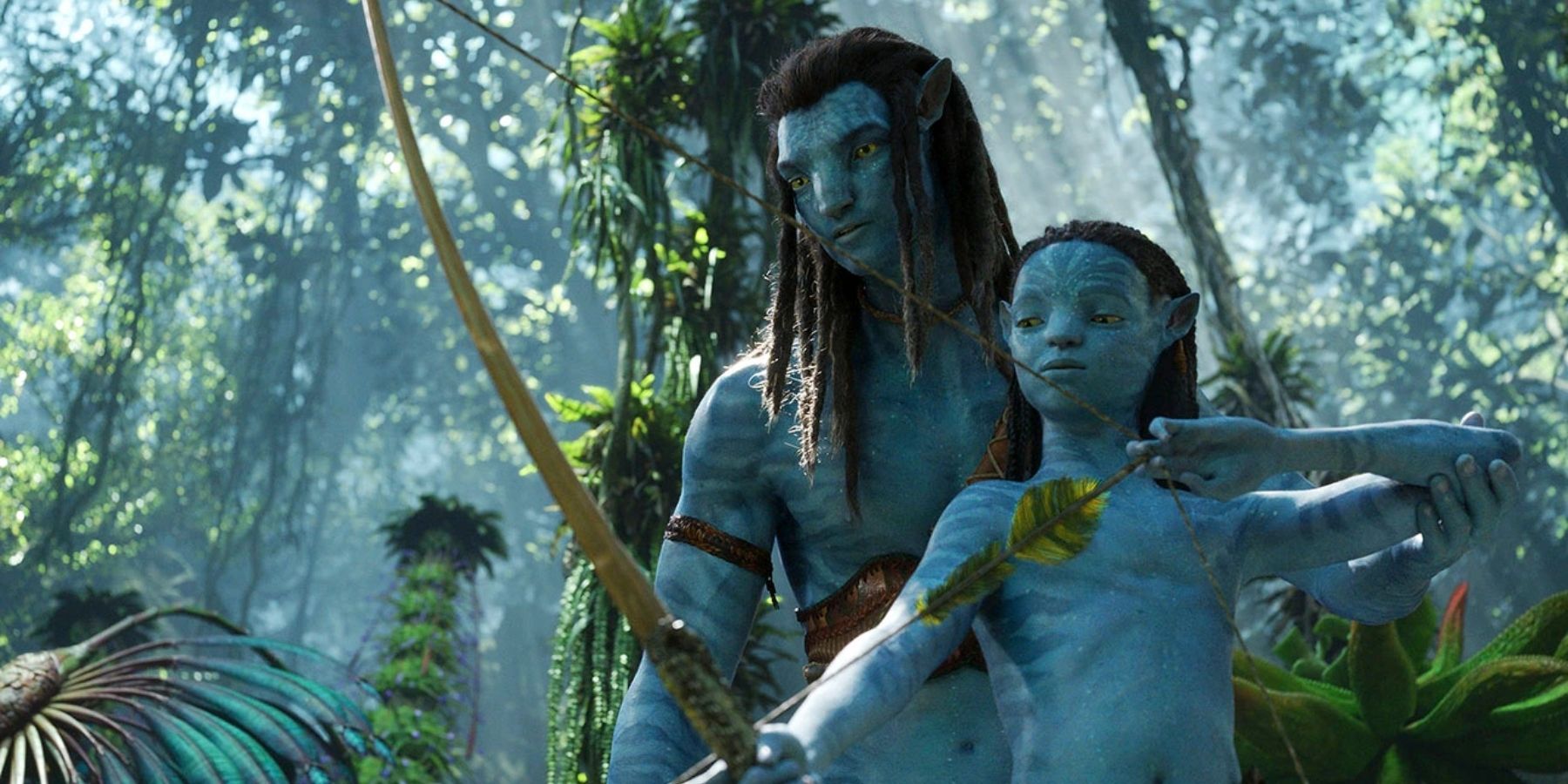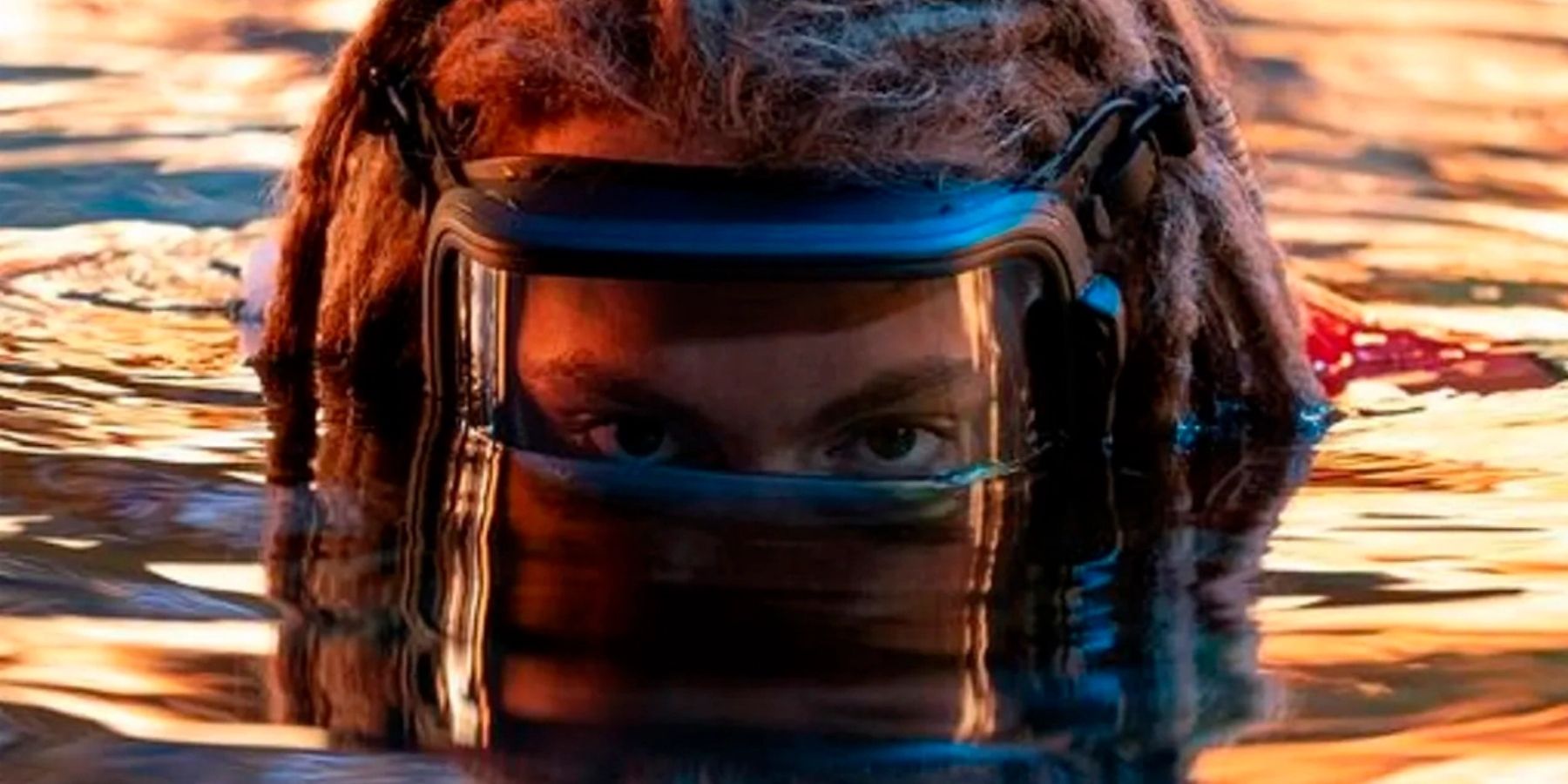Since its recent release in December 2022, Avatar: The Way of Water, the sequel film to Avatar, has already been heavily praised for the impressive performances of actors, the stunning visual effects, and the considerably large box office numbers. These feats are only made more impressive by the fact that the sequel arrived nearly 15 years after the original 2009 film. The original film certainly set the standard for its predecessor by featuring graphics far ahead of its time and having its own notable box office turn out. Just like the original film, the sequel has been acknowledged in terms of its impact on the film industry, but not in terms of its impact on society.
Given that most of society’s connection to a film is based on the story and characters, one would think that how much viewers connected to the film on an emotional level would be the main point of interest around any big film. After all, no matter what a film achieves, an impactful storyline has proven to be the strongest way for a film to find lingering relevance among society. So then, why is it that the story (which unpacks quite a lot in its over three hours of run time) is getting so little acknowledgment from the media?
The original Avatar movie followed Jake Sully, a paraplegic marine who is brought on board for an important mission to take his deceased brother’s place, because the mission involves genetics and an avatar body. He soon discovers all the risks the job really entails as he explores an alien planet with complete physical mobility through his avatar body. Among the wonders he encounters on Pandora, Jake is saved by a Na’vi woman, one of the natives of the planet, whom his avatar body was created to mimic.
He soon falls for the woman, Neytiri, and the planet, as she shows him how the Na’vi exist on Pandora. When the true evil intent behind the mission he’s a part of is revealed, Jake learns that the humans he works with intend to drain the most sacred resources of the planet, and he must pick a side. His love guides his decision, and he stands with his new friends, helping the Na’vi fight off the humans and protect his new home. In the end, Jake becomes a Na’vi for good through a spiritual practice. He is forever bonded with Neytiri and is welcomed into the tribe.
In Avatar: The Way of Water, audiences meet back up with Jake, Neytiri, and the rest of the Na’vi fourteen years after they fought off the humans trying to steal their home. Jake has since become the chief alongside Neytiri and now has two sons, a daughter, and two additional adopted children (one of whom is human). They live peacefully in their existence until the RDA, the human organization that Jake worked with all those years before, returns to Pandora, once again seeking to claim the planet’s resources as the Earth dies. This group of invaders even features new avatar bodies that are inhabited by the consciousness of some of the soldiers that died in the first film.
Aside from Jake’s new position among the Na’vi, this story continues the tale established in the first film by this time having the RDA target Jake’s family to get at him. In order to protect themselves and their branch of the tribe, Jake and his family travel to the Metkayina clan on the Eastern seaboard, where they learn the ways of the reef dwellers and make the ocean their home, in different ways. The children play a big role in this film, as they do a lot of the adventuring and exploring of the new area (including its whale-like creatures), giving audiences a chance to get to know Sully’s kids. When the RDA discovers them, a new battle takes place, this time on the water. By the end, the family proves themselves and are accepted into this water clan as members.
Through this sequel, viewers get a much broader look at the vast world of Pandora. It is is much like our own world, but grander and more fantastical. Further, audiences get a sort of update on the life of Jake and get to see him as a fully integrated member of this world. One other important thing that the sequel offers, that perhaps isn’t as noticeable, is how the second film furthers the message around conservation that Avatar set up.
Perhaps the most influential component of the Avatar films is the way that they paint the world and the relationship that the beings living there have with it. Clearly, to many viewers and critics, that emphasis was perceived as impressive visuals, but in actuality, the vibrance and wonder of Pandora’s details serve a purpose and are meant to reflect the value of the world as a whole, living community of plants, animals, and people – not just as individual resources. The theme of both films is centered around protecting our planet and creating a sense of unity to do so. While this message is clear in both films and is undoubtedly relevant to anyone who watches them, it has somehow been left out of the conversations around the original and sequel films.
On the other side of that, another element of the first film that is present and overlooked in the sequel is the franchise’s use of indigenous cultures as inspiration, without giving credit where credit is due. It is very clear through the fashion, language, and lifestyle of the indigenous beings of Pandora that their culture is reflective of indigenous cultures here on Earth. Yet, these people are only given relevance in the story through their interactions with Jake, giving the story a sort of white-savior feel. A problematic statement from Cameron has recently come up, where Cameron even likens the Na’vi to the Lakota, if the Lakota weren’t — as Cameron put it — a “dead end society.”
This quote seems to imply that Cameron’s fictional characters would have been able to fight off colonization better than the real indigenous people who were killed and controlled until they had no choice but to conform. The statement reflects not only his ignorance about the lives and history of indigenous peoples, but also highlights a number of issues with his storyline. That said, this is yet another point of the films worthy of being discussed that has seldom been touched on in response to either film.
Clearly, the plot of the film has some beneficial messages and some questionable ones. Yet, these topics still aren’t the point of interest for most reviews and opinions about the sequel. Though the response to the films in the Avatar franchise have been consistent and positive, they lack focus on what really matters about a movie: how it impacts its viewers. While the movies will surely always have some historical relevance through their accomplishments in the industry, the most intriguing parts of them offer far more interesting points of conversation, and will hopefully be considered more in the inevitable sequels that will follow.




